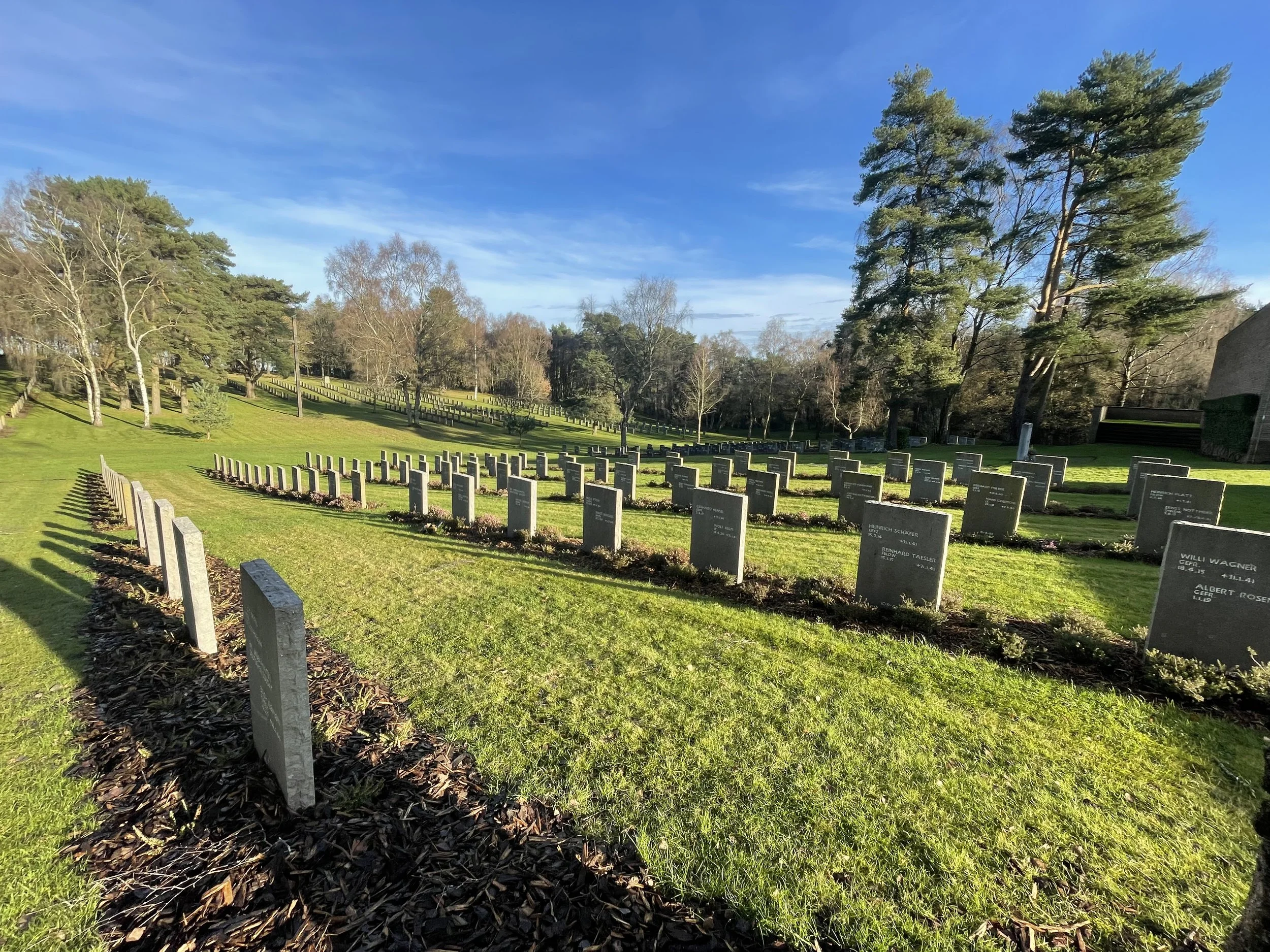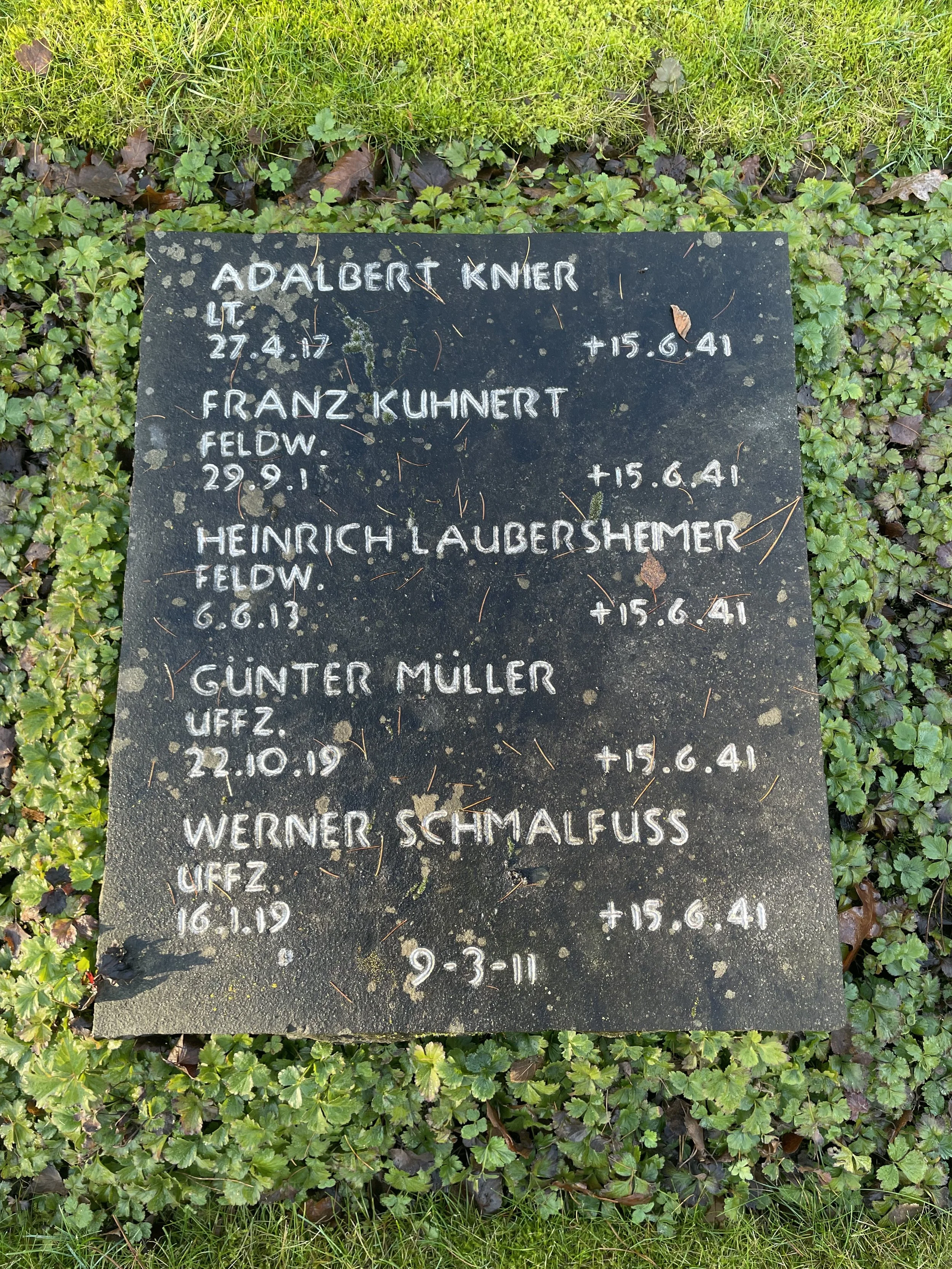Cannock Chase CWGC cemetery
Brockton camp and rugly camp in cannock Chase were capable of holding up to 40,000 men which probably trained upwards of 500,000. the camps had their own church, post offices, a bakery, imunity huts and even a theater.
Early in the first world war the camps were used as Transit camps to accommodate service battalions traveling to the Western Front the camps later became a training facility with the creation of practice trench system similar to those on the Western Front to train troops at the height of hostilities.
Lord Lichfield who was the owner of the land had been adamant that no German prisoners of War would be located on cannock Chase however by 1917 the war office had allocated a prison of War camp at Brockton camp.
This German War Cemetery was set up to collect almost all the German graves in the United Kingdom there were 2,797 Graves from the second world war and 2,143 from the first world war most of them are Pilots but there are also craves of crew members of crashed planes and of casualties who were washed up.
In both world wars a military hospital was situated in Cannock chase, the Commonwealth military Cemetery contains besides Commonwealth War Graves from the first world war, 29 German War Graves from the second WW and 228 German War Graves of the first world war.
Tthe hospital had 12 Wards with a total of 1,000 beds and served the camps for the remainder of the war a lot of the graves are men of the New Zealand rifle Brigade who made Cannock chase their UK headquarters.
One of the Best Known World War I occupants of the Cannock chase complex was JRR tolken who both trained and lived locally while recovering from injures sustained in France, many people believe that several parts of the chase inspired scenes in the authors Lord of the Rings trilogy

